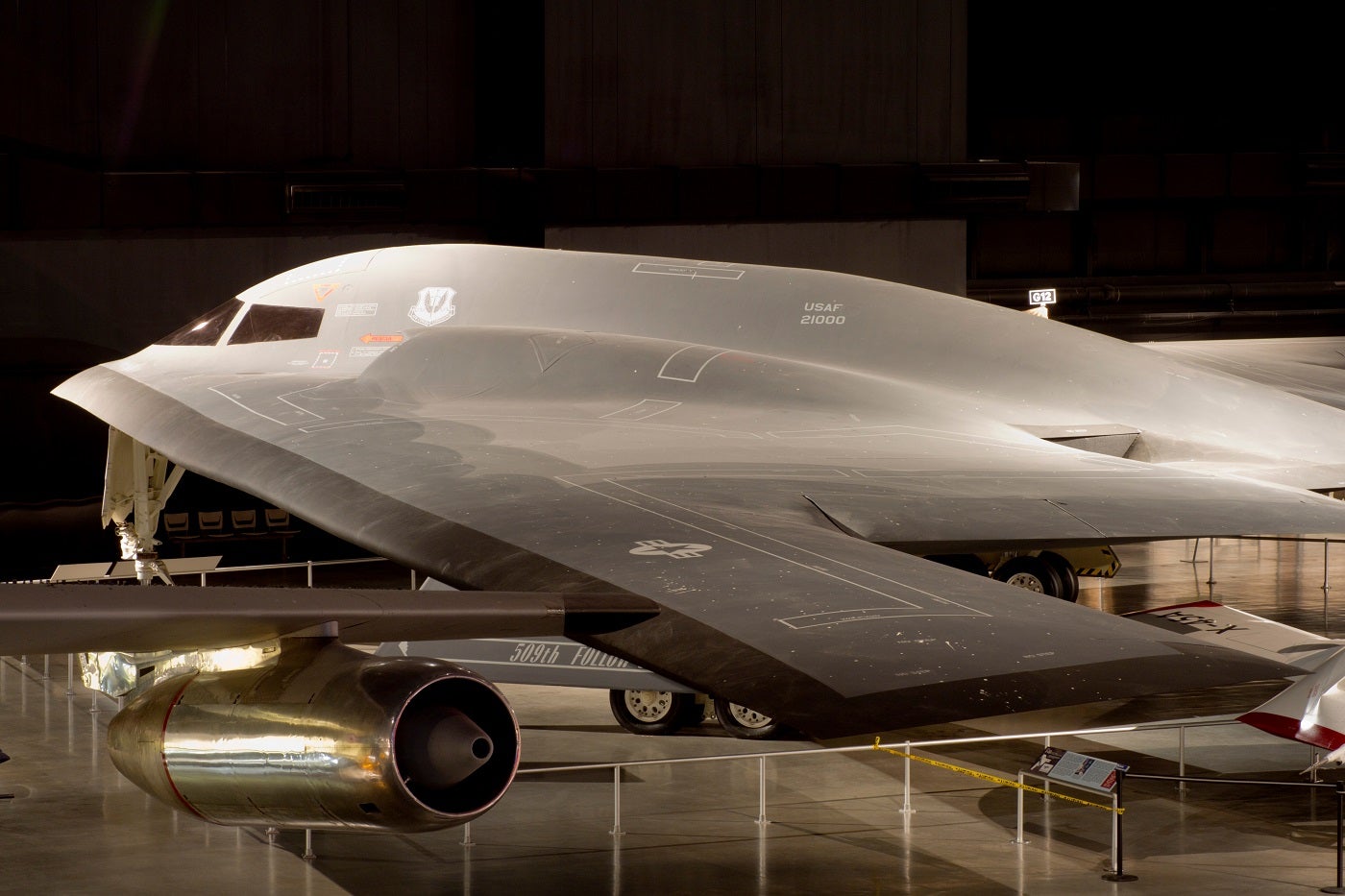
Northrop Grumman Corporation has made a step forward in aerospace innovation by successfully executing an integrated airborne mission transfer (IAMT) demonstration in collaboration with the US Air Force.
The demonstration showcased the B-2 Spirit’s adoption of digital engineering, highlighting the aircraft’s ability to perform advanced digital, machine-to-machine mission transfers in flight. This achievement is an advancement under the B-2 Collaborative Combat Communication Spiral 1 programme, reinforcing the B-2’s communication capabilities in the modern battlespace.
The IAMT capability enables the B-2 to receive new mission instructions while in flight and directly integrate them into its operations through machine-to-machine transfers. This advancement paves the way for enhanced connectivity and survivability in highly contested environments, ensuring the B-2 remains ahead of evolving threats.
The second leading supplier of military fixed-wing aircraft in North America is expected to be Northrop Grumman Corp. It is anticipated to hold a 12.2% share of the North American market over 2023–33, according to GlobalData’s “The Global Military Fixed Wing Aircraft Market 2023-2033” report.
Nikki Kodama, vice president and B-2 program manager at Northrop Grumman, emphasized, “We are providing the B-2 with the capabilities to communicate and operate in advanced battle management systems and the joint all-domain command and control environment, keeping B-2 ahead of evolving threats. The integration of this digital software with our weapon system will further enhance the connectivity and survivability in highly contested environments as part of our ongoing modernization effort.”
During the IAMT demonstration, conducted over two days in partnership with the US Air Force, approximately 50 mission transfers were executed. The centrepiece of this achievement was Aircraft Vehicle 1086, known as the Spirit of Kitty Hawk, which featured Northrop Grumman’s Multi-Mission Domain (MMD) architecture.
MMD is an open mission system architecture designed for the B-2, enabling the swift and cost-effective implementation of modern mission capabilities. The mission transfers were executed through MMD interfaces, integrating with the B-2 Adaptable Communications Suite (ACS).
The demonstration process involved the aircrew receiving mission instructions via the ACS ground station, which were then loaded directly into the B-2 Disk Drive Unit through MMD interfaces. As a result, B-2 flight crews can focus more on mission execution within the evolving battlespace due to the integration of progressive digital technology.
According to the GlobalData’ Analyst Briefing: B-21 Raider – the 21st century’s first bomber’, The B-21 features several other improvements over its predecessor, including a deeper keel to house larger payloads or fuel and landing gear with two-wheeled bogies to provide more internal space than the B-2 four-wheeled bogies.




